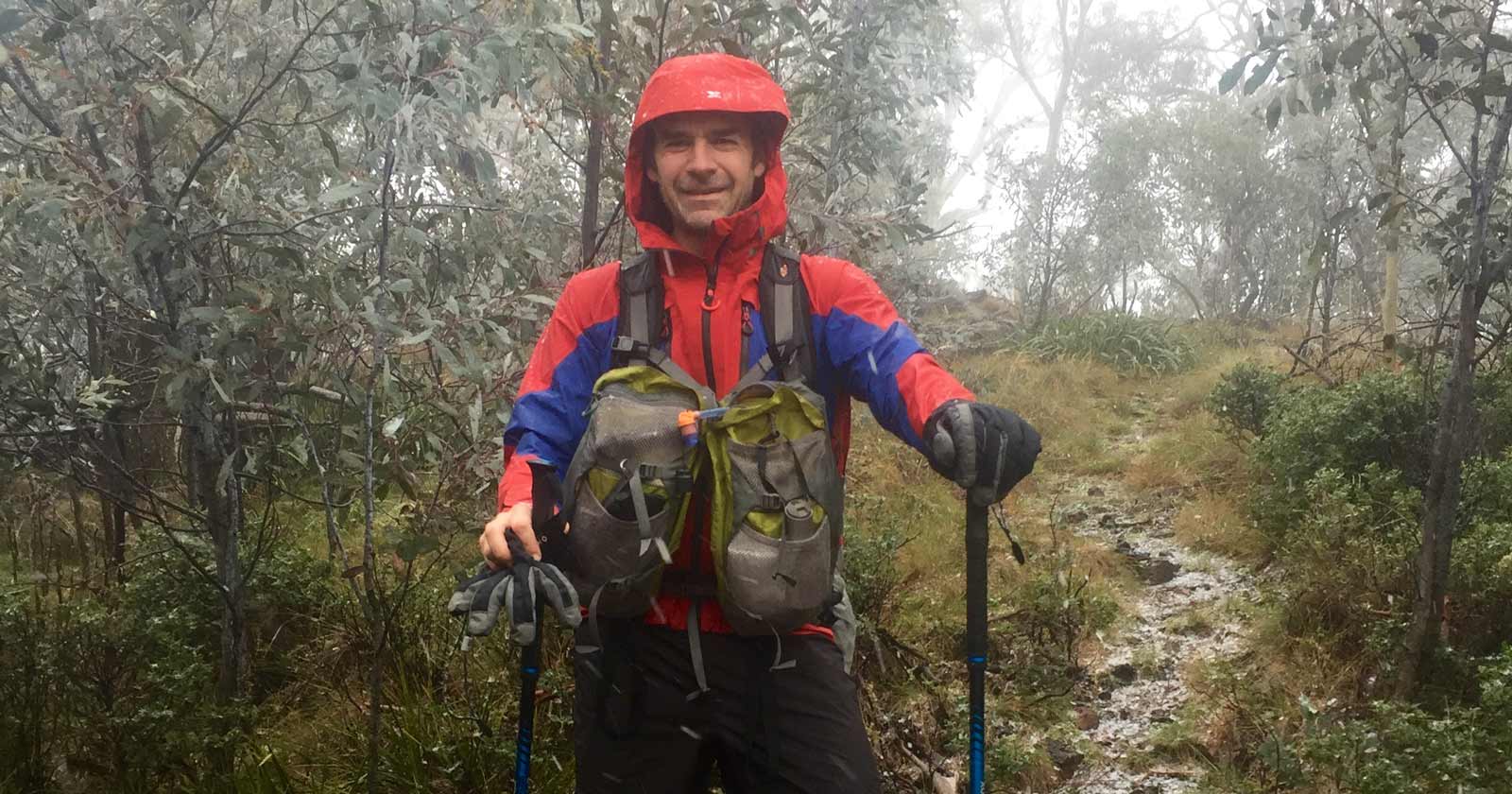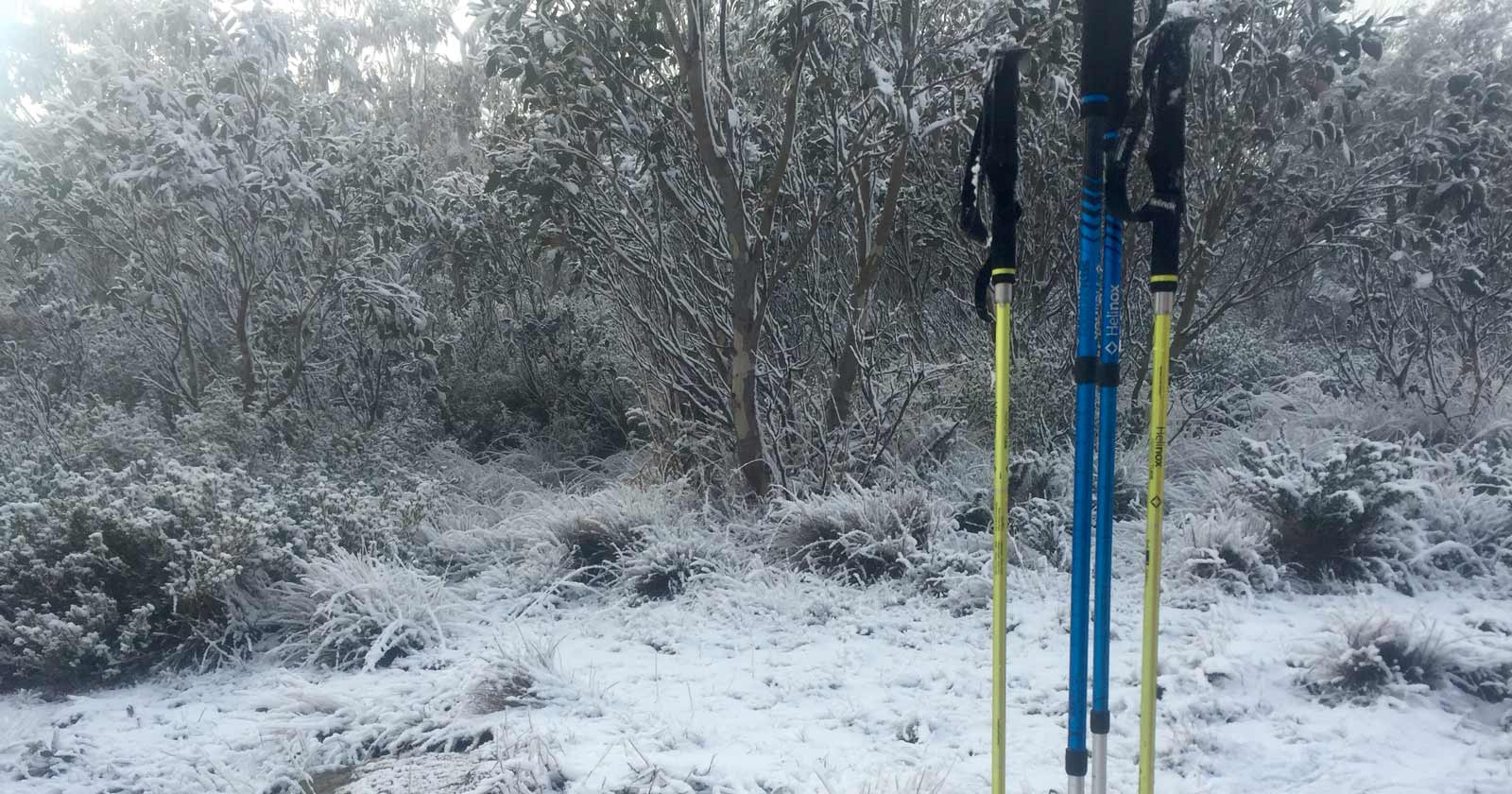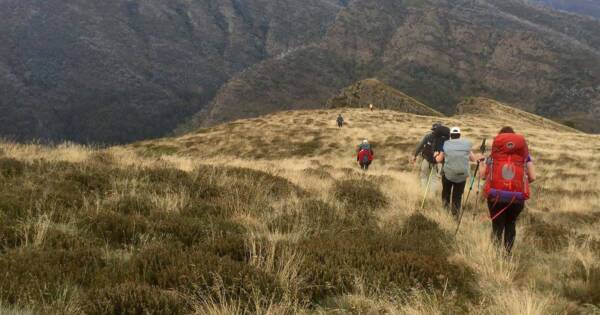Why Use Hiking Poles?
Trekking poles aren’t just for steep hills or older hikers. More than 400 international studies, from universities, sports institutes, and medical research centres, confirm that hiking poles significantly enhance the physical benefits of hiking. When used with good technique, they can transform your hiking experience.
The Benefits of Hiking Poles
Leading health professionals and government agencies now recommend using poles for hiking, especially for those aiming to boost their fitness. But hiking poles offer more than cardio gains. When used properly, they provide at least six key benefits:
- Avoid injuries
- Reduce wear and damage to lower joints
- Prevent back pain and injury
- Increase whole-body exercise
- Improve posture
- Enhance overall hiking enjoyment
Some of these advantages are felt even with casual use, but to unlock all the benefits, a bit of skill goes a long way.
1. Reduce Risk of Injury
Even minor injuries can derail your hiking goals. Trekking poles act like reliable extensions of your arms, ready for use at creek crossings, on steep descents, or when balance is off. Regular use sharpens reflexes and reduces the likelihood of falls.
Evidence-backed: Studies confirm that poles provide additional points of ground contact, helping distribute force more evenly across the body and improving balance, especially on uneven terrain.
2. Minimise Joint Wear and Tear
Research shows poles reduce impact loads on your legs by 5–8 kg per step, depending on terrain. This decrease in force eases strain on the knees, hips, ankles, and feet, common sites of overuse injuries.
Biomechanical data: Poles lower joint stress, particularly in the knee and ankle, by reducing rotational forces and mechanical energy absorption during hiking. These benefits hold true whether you’re carrying a small daypack or a full expedition load.
3. Prevent Back Pain
Fatigue and backpacks often lead hikers to lean forward, placing stress on the spine. Poles offer a stabilising push from behind and below, helping you maintain a straighter, more upright posture and healthier load distribution.
4. Increase Exercise Benefits
Without poles, hiking engages about 35% of your muscles. With poles, this jumps to up to 90%, leading to a 20% increase in oxygen use and blood flow. This whole-body workout improves cardiovascular health, supports weight control, and promotes brain health.
5. Improve Posture
Poles naturally encourage upright walking, which improves breathing and reduces fatigue. Many hikers also report feeling more confident and aware when walking tall with good posture.
6. Enjoy Hiking More
By shifting some of the workload to your upper body, poles reduce muscle fatigue and joint discomfort. Less pain means more time enjoying the trail, the scenery, and the company.

How to Use Hiking Poles
For Stability
Use poles to navigate tough terrain, creek crossings, steep slopes, rocky trails. Depending on the challenge, poles may be placed in front, beside, or behind you, used singly or in tandem. Technique varies, and over time, you’ll develop methods that suit your hiking style. For detailed tips on using poles during ascents and descents, read my guide on how to use hiking poles effectively on hills.
For Health and Fitness
Even on flat terrain, poles contribute to fitness. But technique matters:
One Pole or Two?
One pole offers some balance support, but to gain full-body benefits, two poles are best. Modern trekking poles are ultralight and compact; there’s no need to carry just one anymore.
Correct Hand Position (It’s Crucial!)
- Insert your hand upward through the wrist strap.
- Pull through until the strap supports the base of your palm.
- Close your hand gently around the grip.
- Adjust the strap length so the grip feels natural.
- Relax your grip, the strap carries the load, not your fingers.
Technique Tips
- Keep arms relaxed and close to your body.
- Don’t grip tightly, light touch is best.
- Let the poles drag behind you to find your natural rhythm.
- As your arms swing back, let the pole tips bite in slightly and push back gently.
- Let poles work with your stride, not against it.
- Slowly increase the push until you feel the poles help propel you forward.
- Gradually increase distance and intensity to avoid muscle soreness.
If you feel off balance or overly conscious of your movement, go back to dragging the poles until your rhythm returns.
Pro tip: Poles not only make hiking easier, they make it smoother. You might be tempted to hike farther and faster than usual. That’s great, but build up slowly!

Maintenance and Care
Poles need very little care. Wipe them down after use and rinse with fresh water after muddy or coastal hikes. No lubricants needed.
Isn’t This Just Nordic Walking?
Nordic walking is a fitness discipline with an exaggerated arm swing and glove-like straps. It’s ideal for urban workouts, but less suitable for rugged hikes where you need a natural rhythm and flexibility in your grip.
Choosing the Right Poles
Hiking poles come in a range of styles to suit different needs. Adjustable poles are popular for their versatility across varying terrain, while fixed-length poles tend to be lighter and simpler. Materials like aluminium offer durability, while carbon fibre poles are lighter but may be more prone to damage under heavy stress. Some poles also include shock-absorbing features, which can help reduce impact on joints during descents. If you’re weighing up materials, check out my guide on carbon fibre vs aluminium hiking poles to find out which is best for your hiking style.
Thinking of giving them a try?
Whether you’re navigating steep descents, maintaining rhythm on long climbs, or easing the strain on your joints, hiking poles can make a noticeable difference to your experience on the trail. From fixed-length ultralight models to adjustable, shock-absorbing designs, there’s a pole type to suit different preferences and terrains.
Grab a pair for your next hike and see the difference for yourself, then let us know how you went in the comments below!
Sources






well ski poles have a bit more grip because they have to dig into snow that can be hard and you can get ski poles with like teeth at the ring above the point for more grip in the snow so it really depends on the terrain you choose to hike on so you could use ski poles
can’t you just use ski poles too?
What’s your go-to tip for picking the perfect hiking poles? Have you found any brands or styles that really stand out for you?
Trail Hiking Australia
I guess at some stage I will but I still feel I can do better without them. I have tried them and I found they got in the way, for me anyway.
I have aluminium and carbon fibre poles. My carbon fibre ones have been by far the most durable and I’ve had them for around 15 years. A couple of my aluminium poles have folded in half when they’ve had to take more load than they could handle.
Trail Hiking Australia
Well I turned 60 in August and I don’t have any issues with knees, back, ankles etc other than if I injure myself. I suppose when i sprained my ankle a few months back if I hadn’t recovered properly I may have tried them.
Peter Jolly I rarely use them on day hikes, although I always carry them, as they are useful for river crossings and steep descents. For me, they are most useful on multi-day hikes when I am carrying more of a load.
Robyn Moller.
What are your thoughts on track erosion with multiple hikers using poles? It may seem like a tiny amount but over time and many hikers etc plus the understanding of soil dynamics and structure is lacking for most.
Carol Challis Good question. Poles can leave small marks on softer ground, but in my experience the bigger issues for track wear are still foot traffic, wet conditions and how the trail drains. For most people, poles actually help prevent slips and skidding, which does far more damage than the little pin-marks. Using rubber tips on fragile sections is an easy way to minimise impact, but overall it’s how we walk, staying on the formed track and avoiding cutting corners, that makes the biggest difference.